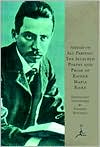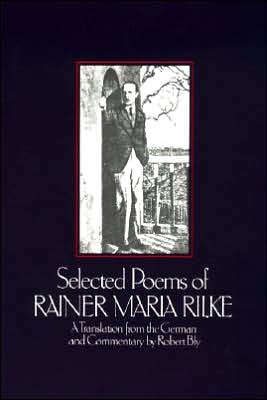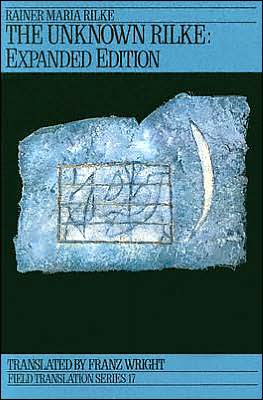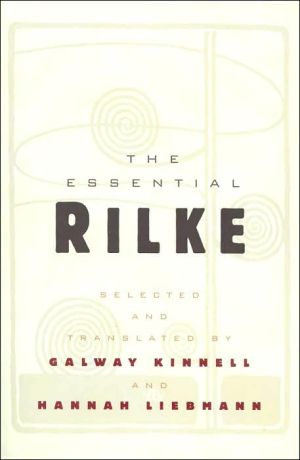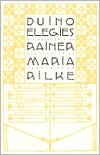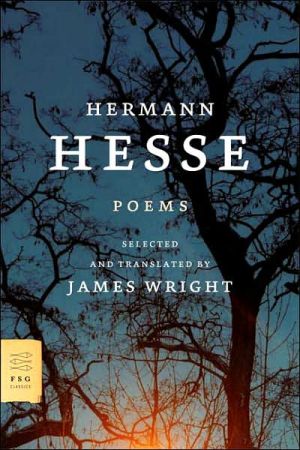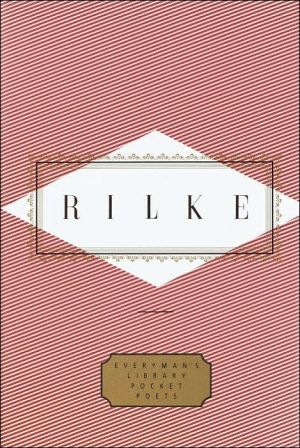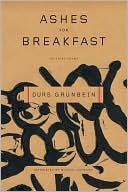After Nature
After Nature, W. G. Sebald’s first literary work, now translated into English by Michael Hamburger, explores the lives of three men connected by their restless questioning of humankind’s place in the natural world. From the efforts of each, “an order arises, in places beautiful and comforting, though more cruel, too, than the previous state of ignorance.” The first figure is the great German Re-naissance painter Matthias Grünewald. The second is the Enlightenment botanist-explorer Georg...
Search in google:
After Nature, W. G. Sebald’s first literary work, now translated into English by Michael Hamburger, explores the lives of three men connected by their restless questioning of humankind’s place in the natural world. From the efforts of each, “an order arises, in places beautiful and comforting, though more cruel, too, than the previous state of ignorance.” The first figure is the great German Re-naissance painter Matthias Grünewald. The second is the Enlightenment botanist-explorer Georg Steller, who accompanied Bering to the Arctic. The third is the author himself, who describes his wanderings among landscapes scarred by the wrecked certainties of previous ages.After Nature introduces many of the themes that W. G. Sebald explored in his subsequent books. A haunting vision of the waxing and waning tides of birth and devastation that lie behind and before us, it confirms the author’s position as one of the most profound and original writers of our time.James Beschta - KLIATTAfter Nature, a prelude to the novels for which Sebald is most commonly recognized, is an example of the somber tone, clear description and graceful prosody that distinguish his style. Here Sebald presents two distinct sections, the first regarding Matthias Grunewald, a 16th-century painter, the second concerned with Georg Steller, a 19th-century botanist, before presenting a concluding autobiographical third poem. While the first two poems are thoroughly researched and provide interesting information, the creation of their individual characters through interpretive speculation provides intriguing elements of venue and motivation to somewhat obscure historic figures and situations. It is, however, a sense of the sophisticated intersections between the three individuals that unites the work. The use of motifs such as water, green vegetation and snow suggests that relationship in style. But there is a more subtle thread linking the sections in tone. "Tell me, child, / is your heart as heavy as / mine is, year after year / a pebble bank raised / by the waves of the sea / all the way to the North, / every stone a dead soul / and this sky so grey?" Sebald's vision, the most refined connection between the three components, is stated at the outset of the third section. "But if I see before me / the nervature of past life / in one image, I always think / that this has something to do / with truth." While somewhat demanding in content, the echoing undercurrents that tie these eras and individuals together make this a rewarding read, and the clarity of the prose poem as translated by Michael Hamburger makes it more accessible than one might imagine. KLIATT Codes: A-Recommended for advancedstudents and adults. 2002, Random House, Modern Library, 116p., Ages 17 to adult.
...I...\ Whoever closes the wings\ of the altar in the Lindenhardt\ parish church and locks up\ the carved figures in their casing\ on the lefthand panel\ will be met by St. George.\ Foremost at the picture's edge he stands\ above the world by a hand's breadth\ and is about to step over the frame's\ threshold. Georgius Miles,\ man with the iron torso, rounded chest\ of ore, red-golden hair and silver\ feminine features. The face of the unknown\ Grünewald emerges again and again\ in his work as a witness\ to the snow miracle, a hermit\ in the desert, a commiserator\ in the Munich Mocking of Christ.\ Last of all, in the afternoon light\ in the Erlangen library, it shines forth\ from a self-portrait, sketched out\ in heightened white crayon, later destroyed\ by an alien hand's pen and wash,\ as that of a painter aged forty\ to fifty. Always the same\ gentleness, the same burden of grief,\ the same irregularity of the eyes, veiled\ and sliding sideways down into loneliness.\ Grünewald's face reappears, too,\ in a Basel painting by Holbein\ the Younger of a crowned female saint.\ These were strangely disguised\ instances of resemblance, wrote Fraenger\ whose books were burned by the fascists.\ Indeed it seemed as though in such works of art\ men had revered each other like brothers, and\ often made monuments in each other's\ image where their paths had crossed.\ Hence too, at the centre of\ the Lindenhardt altar's right wing,\ that troubled gaze upon the youth\ on the other side of the older man\ whom, years ago now, on a grey\ January morning I myself once\ encountered in the railway station\ in Bamberg. It is St. Dionysius,\ his cut-off head under one arm.\ To him, his chosen guardian\ who in the midst of life carries\ his death with him, Grünewald gives\ the appearance of Riemenschneider, whom\ twenty years later the Würzburg bishop\ condemned to the breaking of his hands\ in the torture cell. Long before that time\ pain had entered into the pictures.\ That is the command, knows the painter\ who on the altar aligns himself\ with the scant company of the\ fourteen auxiliary saints. Each of these,\ the blessed Blasius, Achaz and Eustace;\ Panthaleon, Aegidius, Cyriax, Christopher and\ Erasmus and the truly beautiful\ St. Vitus with the cockerel,\ each look in different\ directions without knowing\ why. The three female saints\ Barbara, Catherine and Margaret on\ the other hand hide at the edge\ of the left panel behind the back of\ St. George putting together their\ uniform oriental heads for\ a conspiracy against the men.\ The misfortune of saints\ is their sex, is the terrible\ separation of the sexes which Grünewald\ suffered in his own person. The exorcised\ devil that Cyriax, not only because\ of the narrow confines, holds raised\ high as an emblem in\ the air is a female being\ and, as a grisaille of Grünewald's\ in the Frankfurt Städel shows in\ the most drastic of fashions, derives from\ Diocletian's epileptic daughter,\ the misshapen princess Artemia whom\ Cyriax, as beside him she kneels on\ the ground, holds tightly leashed\ with a maniple of his vestments\ like a dog. Spreading out\ above them is the branch work\ of a fig tree with fruit, one of which\ is entirely hollowed out by insects.
\ KLIATTAfter Nature, a prelude to the novels for which Sebald is most commonly recognized, is an example of the somber tone, clear description and graceful prosody that distinguish his style. Here Sebald presents two distinct sections, the first regarding Matthias Grunewald, a 16th-century painter, the second concerned with Georg Steller, a 19th-century botanist, before presenting a concluding autobiographical third poem. While the first two poems are thoroughly researched and provide interesting information, the creation of their individual characters through interpretive speculation provides intriguing elements of venue and motivation to somewhat obscure historic figures and situations. It is, however, a sense of the sophisticated intersections between the three individuals that unites the work. The use of motifs such as water, green vegetation and snow suggests that relationship in style. But there is a more subtle thread linking the sections in tone. "Tell me, child, / is your heart as heavy as / mine is, year after year / a pebble bank raised / by the waves of the sea / all the way to the North, / every stone a dead soul / and this sky so grey?" Sebald's vision, the most refined connection between the three components, is stated at the outset of the third section. "But if I see before me / the nervature of past life / in one image, I always think / that this has something to do / with truth." While somewhat demanding in content, the echoing undercurrents that tie these eras and individuals together make this a rewarding read, and the clarity of the prose poem as translated by Michael Hamburger makes it more accessible than one might imagine. KLIATT Codes: A-Recommended for advancedstudents and adults. 2002, Random House, Modern Library, 116p., Ages 17 to adult. \ — James Beschta\ \ \ \ \ Library JournalAlas, Sebald didn't live to see the National Book Critics Circle give him its 2001 fiction award for Austerlitz. At least readers have the consolation of this three-part prose poem, which limns the life journeys of Renaissance painter Matthias Grunewald, explorer/botanist Georg Stellar, and Sebald himself. Copyright 2002 Cahners Business Information.\ \

